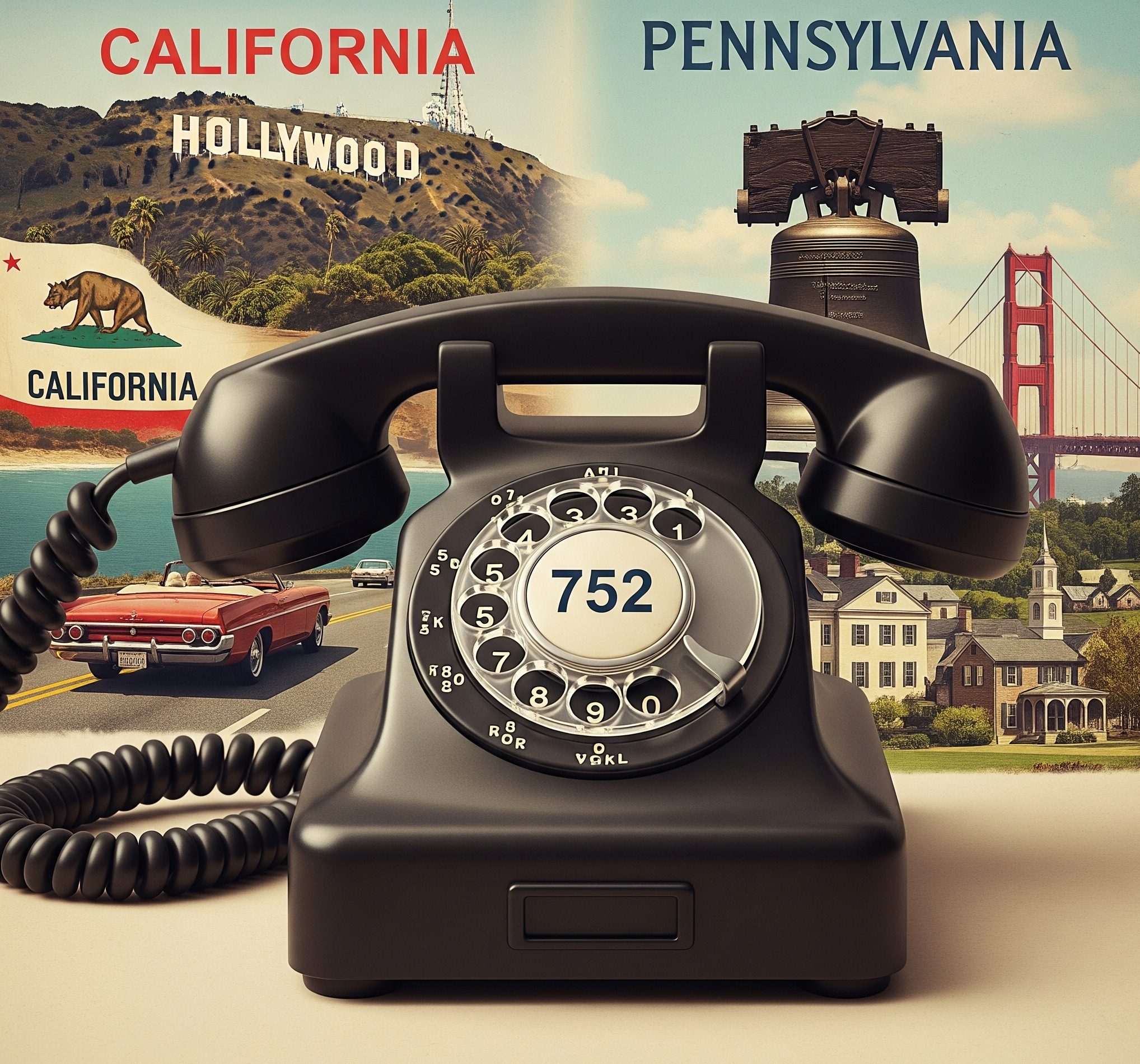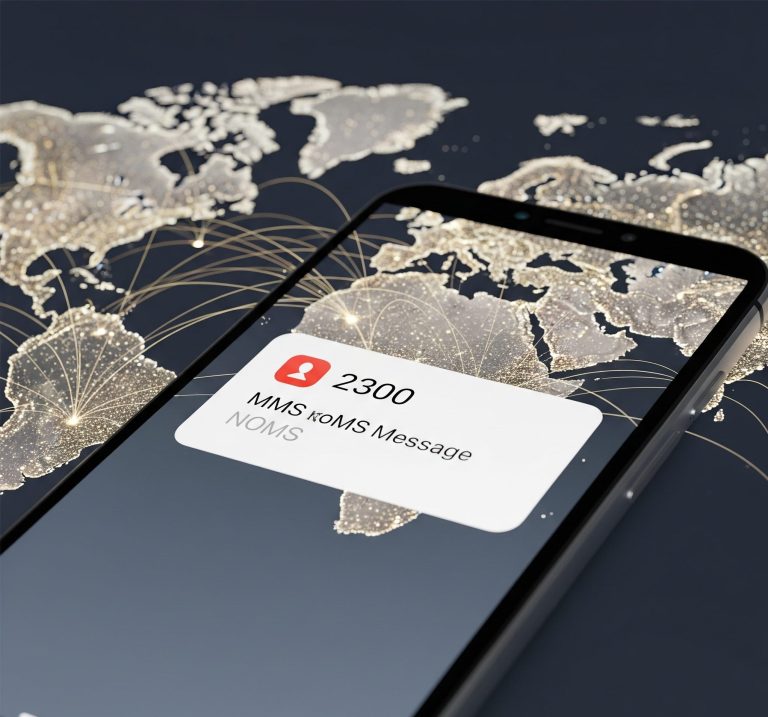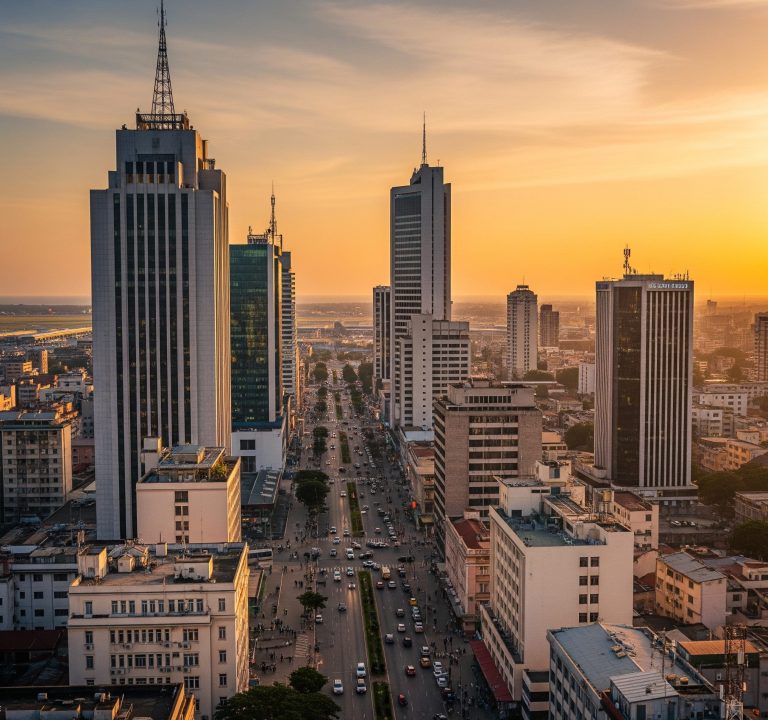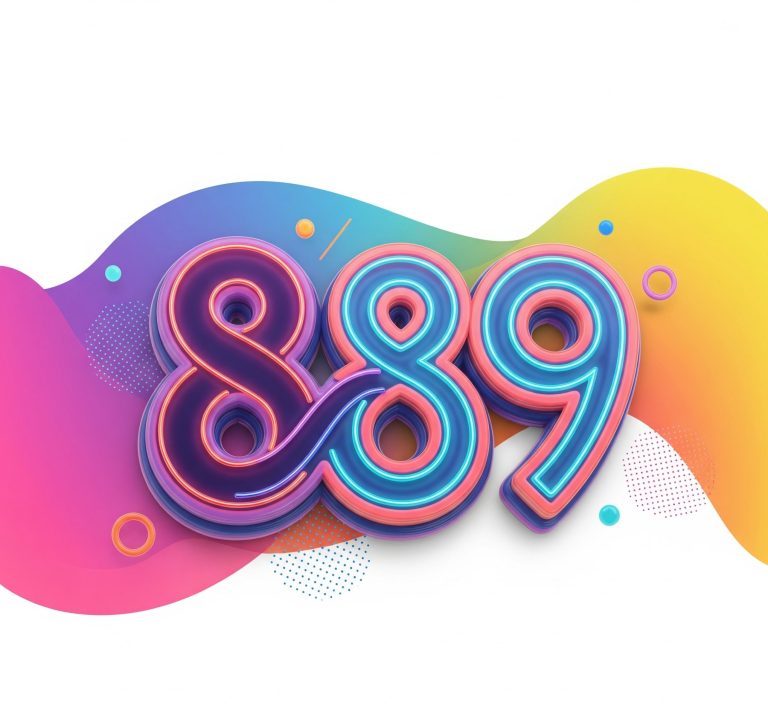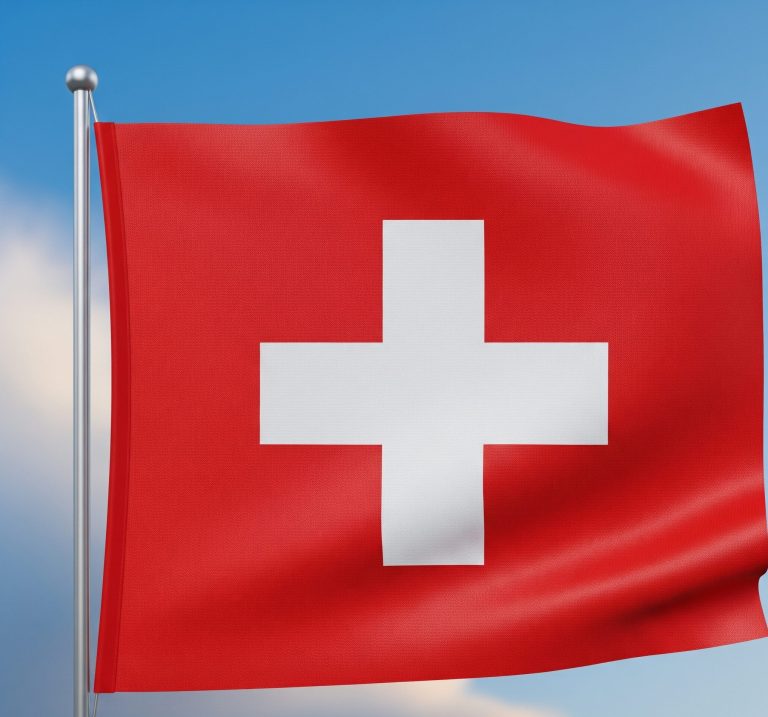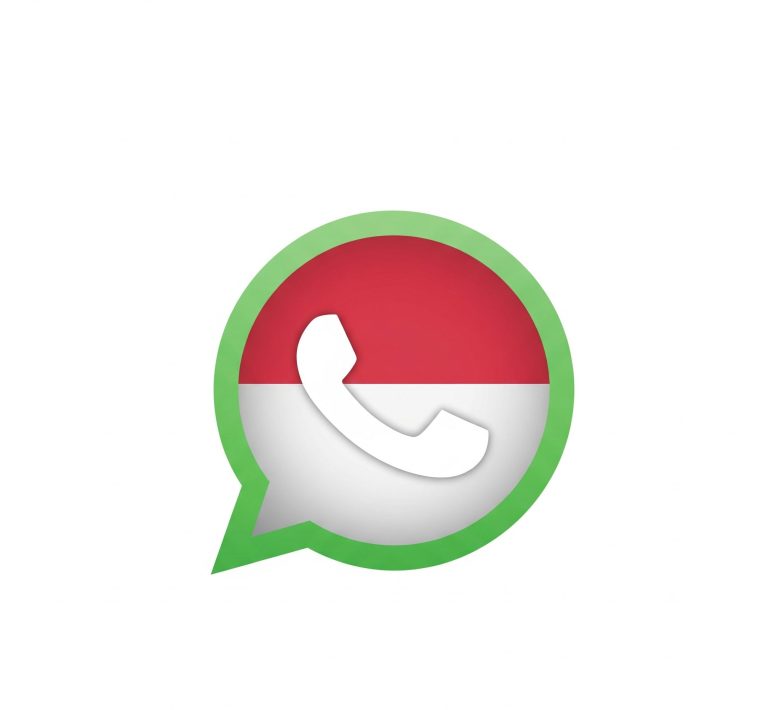In the intricate tapestry of the North American Numbering Plan (NANP), where three-digit codes connect bustling cities and quiet towns, the 752 area code holds a unique and somewhat mysterious status. For the average American, an area code is a familiar prefix, a geographical identifier that instantly conjures images of a specific region. Yet, the 752 area code is a ghost in this system, a number without a home, a planned designation that never quite came to be. This is the story of an area code that exists in the annals of telecommunication planning but not on the maps of the United States.
Contents
A Tale of Two Area Codes: The Planned 909/752 Overlay
The story of the 752 area code is intrinsically linked to the explosive growth of Southern California. In the late 1990s, the 909 area code, serving parts of San Bernardino and Riverside counties, was rapidly running out of available phone numbers. The proliferation of cell phones, pagers, and dedicated internet lines was creating an unprecedented demand for new numbers, a scenario playing out in metropolitan areas across the country.
The solution, as proposed by the North American Numbering Plan Administrator (NANPA) and the California Public Utilities Commission (CPUC), was an area code overlay. This method introduces a new area code within the same geographical boundaries as an existing one. In this case, the 752 area code was slated to become the new overlay for the 909 region. This meant that new phone customers in the area would be assigned numbers with the 752 area code, while existing 909 numbers would remain unchanged.
This approach was seen as less disruptive than a geographic split, which would have required redrawing area code boundaries and forcing a large number of residents and businesses to change their existing phone numbers. The plan was set, and the wheels were in motion for the introduction of the 752 area code.
However, public sentiment and a changing technological landscape intervened. The late 1990s and early 2000s saw a significant public pushback against the constant addition of new area codes and the perceived complexity of 10-digit dialing, which becomes mandatory with an overlay. In response to this, and coupled with the implementation of number conservation strategies like number pooling, the planned 909/752 overlay was ultimately canceled. The 752 area code, on the cusp of activation, was returned to the pool of unassigned numbers, its destiny as a Southern California identifier nullified.
The Land of Unassigned Numbers: Where Does the 752 Area Code Reside?
So, what happens to an area code that is planned but never implemented? It enters a state of limbo, becoming one of the many unassigned codes held in reserve by NANPA. These codes are the building blocks for future telecommunication expansion in the United States, Canada, and parts of the Caribbean.
The process of assigning a new area code is a meticulous one, driven by the projected exhaustion of available numbers in a particular region. When a service provider identifies a need for a new area code, a formal request is made to the state’s public utilities commission and NANPA. A comprehensive analysis is then conducted to determine the most appropriate course of action, be it a geographic split or an overlay.
The pool of unassigned area codes is a finite resource. As the demand for new numbers continues to grow with the proliferation of new devices and services, from IoT gadgets to virtual phone lines, these unassigned codes become increasingly valuable. The 752 area code, therefore, sits in a digital waiting room, ready to be called upon when a region in the United States experiences the same kind of numbering crunch that once faced the 909 area.

The Future of the 752 Area Code: Awaiting its Call to Service
Predicting where the 752 area code might eventually land is a matter of speculation. The next major metropolitan area to face number exhaustion could be its future home. The rapid population growth in states like Texas, Florida, and Arizona makes them prime candidates for new area codes. As existing area codes in these booming regions reach their capacity, the 752 area code could be activated to serve a new community.
The implementation of a new area code is a significant undertaking, involving public awareness campaigns, technical adjustments by telecommunication companies, and a period of adjustment for residents and businesses. The story of the once-planned 752 area code in California serves as a reminder of the dynamic nature of our communication infrastructure and the careful planning required to keep us all connected.
conclusion
While the 752 area code may currently be a footnote in the history of the North American Numbering Plan, its story is far from over. It is a symbol of the ever-evolving landscape of American telecommunications, a silent placeholder waiting for its turn to become a part of the daily lives of millions. The next time you see a new area code announced, remember the journey of the 752 area code—a testament to the unseen forces that shape how we connect with one another across the vast expanse of the United States.

